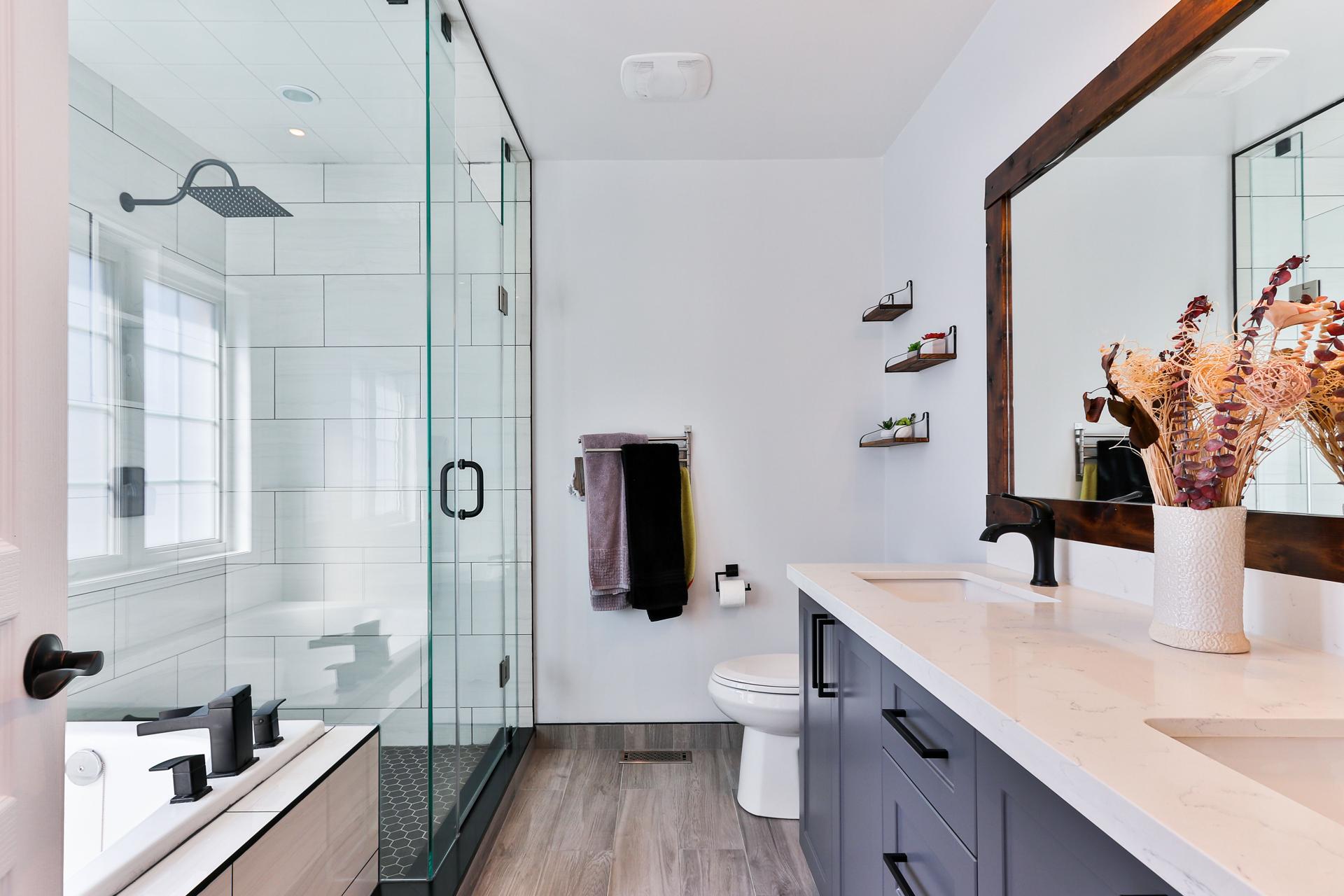Getting to Grips with Hot Water Plumbing: Your Comprehensive 101 Course

Hot water plumbing is an essential element of our daily lives. It is essential to have hot water for many purposes like taking a bath, washing dishes, as well as doing laundry. In this article, we will provide you with a fundamental understanding of the plumbing of hot water.
Hot Water Plumbing Basics
Hot water plumbing refers to the system that delivers hot water to various areas of a structure. It differs from cold water plumbing because it requires heating water prior to it being distributed throughout the structure. The major components of a hot water plumbing system are the water heater, pipes valves, and fixtures. Water heaters are the most critical component of a hot-water plumbing system. It warms water and keeps it in storage until it is needed. The pipes carry boiling hot water out of the heater to the fixtures, including showers and faucets. Valves control the circulation of hot water, while fixtures are used to distribute hot water to various areas of the building.
The different types of hot Water Heaters
There are three kinds of hot water heaters available on the market including tankless, storage tank and heat pump water heaters. Tankless water heaters heat water upon demand and don’t keep hot water in storage. Tank water heaters that store hot water in tanks until it is required. Heat pump water heaters use electrical energy to transport heat to ground or the air to warm the water. Every kind of hot water heater has its pros and cons. Tankless water heaters use less energy and last longer however, they are more costly. Storage tank water heaters are more affordable, however they have a shorter life span and aren’t as efficient in energy use. Heat pump water heaters are the most efficient in terms of energy consumption, but might not be appropriate for climates with colder temperatures.
Hot Water Plumbing Maintenance
Regular maintenance is essential to ensure that your hot water system operates well and efficiently. A few suggestions for maintaining the hot water plumbing system consist of checking for leaks as well as flushing the tank as well as replacing the rod that acts as an anode. It is crucial to check for leaks to prevent water damage , and to ensure it is the case that your plumbing for hot water isn’t making use of water. The process of flushing the tank eliminates minerals and deposits of sediment, which reduces the effectiveness that the heater is able to provide. The anode rod is constructed to prevent corrosion and should be replaced every few years.
Troubleshooting hot water plumbing issues
Common issues that can arise in hot water plumbing systems are a lack of hot water or low water pressure. If you are experiencing a lack of hot water, it could be caused by malfunctioning heating elements or a defective thermostat. Low water pressure can be caused by a clogged the valve or pipe. If you encounter one of these problems it is suggested that you consult a professional plumber to identify and fix the problem.
Conclusion
Understanding the way that hot water plumbing functions is crucial to ensure that your hot water plumbing system is functioning correctly and efficiently. Routine maintenance as well as troubleshooting are crucial to avoid issues and extend the life of your hot water plumbing system.
The Hot Water Plumbing FAQ
How long will the lifespan of a hot water heater?
The life span of a hot water heater depends on the type and model. In general, a storage tank water heater can last between 8 and 12 years and a tankless water heater can last for up to 20 years.
How can I tell if the hot water heater in my home needs replacing?
Signs that your hot water heater is in need of being replaced include rust or corrosion around the tank’s tank, leaks, strange noises, and a lack of hot water. If you encounter any of these problems it is recommended you seek out a qualified plumber.
